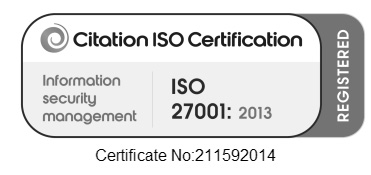Firewalls and encryptions were once the epitome of cybersecurity resilience. But the growing sophistication of attacks means traditional methods will no longer suffice — particularly for the UK’s housing associations, which are responsible for an ever-increasing volume of sensitive tenant data. Sharing why an active, proactive strategy beats reactive every time, our operations director John Blackburn explores the holy grail of cyber crisis simulation…
There are a number of pressures adding to housing associations’ plates right now. Plates that are already spinning at 100 miles per hour.
As well as resourcing constraints and stretched budgets, to name just a few challenges, organisations are plagued by the possibility of falling victim to a cybersecurity breach. Not only more frequent than ever, these threats are becoming more nuanced too. And the sector’s close proximity to government and public sector organisations makes them an even more attractive target too. So what can be done to mitigate the risks?
Today, it’s all about delving deeper than defence. Unless you’re a seasoned cybersecurity professional, working closely with variations of attacks on a daily basis, getting ahead of the curve and knowing which systems threat actors will target next can be difficult.
And with human error posting more risk than ever right now, factors beyond technical vulnerabilities should play a key role in boosting resilience. According to researchers from Stanford University and cybersecurity firm Tessian, approximately 88% of all data breaches occur at the hands of an employee mistake.
What is cyber crisis simulation and how can it help?
Proactive penetration testing methods certainly have their place — pinpointing weaknesses in a company’s IT estate that could be exploited elsewhere. But they not only fail to account for human error, they also only provide a snapshot of cybersecurity defences at the exact time the exercise was conducted.
Here’s why cyber crisis simulation is better:
Keen to simulate a cyberattack of your own? Get in touch, and we’ll help you formulate a robust strategy.






Central Networks are a strategic technology partner. Excellent technology is a given, customer service, trust and long-term relationships are what drive our business. We support CEOs, Heads of IT, IT technicians and transformation directors to ensure technology provides an edge to their organisations.
Company No: 02604843
VAT: GB 562 6919 13